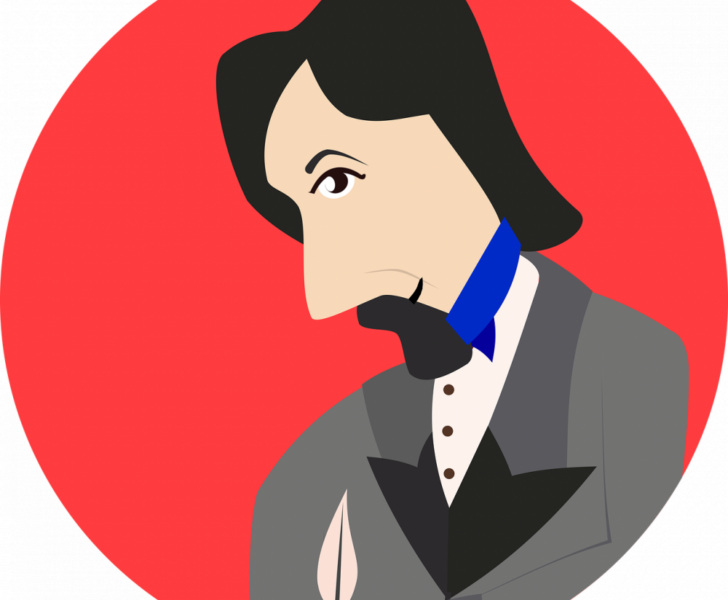Jane Austen film: A Journey through Time and Romance

Introduction:
Jane Austen, a renowned English novelist of the 19th century, captured the hearts of readers with her witty and romantic tales. Her literary works have not only stood the test of time but have also been brought to life through numerous film adaptations. In this article, we explore the world of Jane Austen films, providing a comprehensive guide for those who are interested in delving into this captivating genre.
Understanding Jane Austen Films:

Jane Austen films encompass a range of adaptations that bring her timeless stories and characters to the silver screen. These films are known for their engaging storytelling, intricate plots, and period settings. Whether you are a long-time fan of Austen’s novels or a newcomer, exploring Jane Austen films can transport you to an era of elegance, societal norms, and, of course, romance.
Historical Overview of Jane Austen Films:
The journey of Jane Austen films began in the early 20th century, with the first known adaptation, “Pride and Prejudice” (1940), directed by Robert Z. Leonard. This black and white production laid the foundation for further cinematic interpretations of Austen’s works.
However, it was not until the late 20th century that Jane Austen films truly gained popularity. The acclaimed BBC mini-series “Pride and Prejudice” (1995), starring Colin Firth and Jennifer Ehle, catapulted Austen adaptations into the mainstream. This adaptation, known for its faithful portrayal of the novel and the iconic lake scene, captured the hearts of viewers worldwide and sparked a renewed interest in Austen’s work.
Since then, Jane Austen films have experienced a resurgence, with various directors and producers seeking to capture the magic of Austen’s novels on screen. Notable adaptations include “Sense and Sensibility” (1995), “Emma” (1996), “Persuasion” (2007), and “Love & Friendship” (2016).
Structuring the Article for Featured Snippet:
I. Introduction
II. Understanding Jane Austen Films
A. Engaging storytelling and intricate plots
B. Period settings and atmospheric recreations
C. Dynamic and relatable characters
III. Historical Overview of Jane Austen Films
A. Early adaptations: “Pride and Prejudice” (1940)
B. The rise of popularity: “Pride and Prejudice” (1995)
C. Resurgence and diverse adaptations
IV.
V. Exploring Jane Austen Films
A. Must-watch adaptations
B. Notable directors and their styles
C. Impact on popular culture
D. Jane Austen film festivals and events
VI. Jane Austen’s Enduring Legacy
A. Influence on contemporary romance novels and films
B. Continued relevance and appeal to audiences worldwide
VII. Conclusion
Conclusion:
Jane Austen films have captivated audiences for decades, portraying the timeless themes of love, social commentary, and personal growth that are inherent in Austen’s novels. From the early black and white adaptations to modern reinterpretations, these films have brought Austen’s world to life, offering viewers a chance to immerse themselves in a bygone era of romance and elegance.
As we continue to appreciate Jane Austen’s literary legacy, the allure of her stories on the silver screen remains strong. Whether you are a dedicated fan or a newcomer, exploring Jane Austen films is a delightful journey that allows us to appreciate the enduring power of love, wit, and social intricacies. So, grab some popcorn, settle in, and let the magic of Jane Austen unfold before your eyes.











